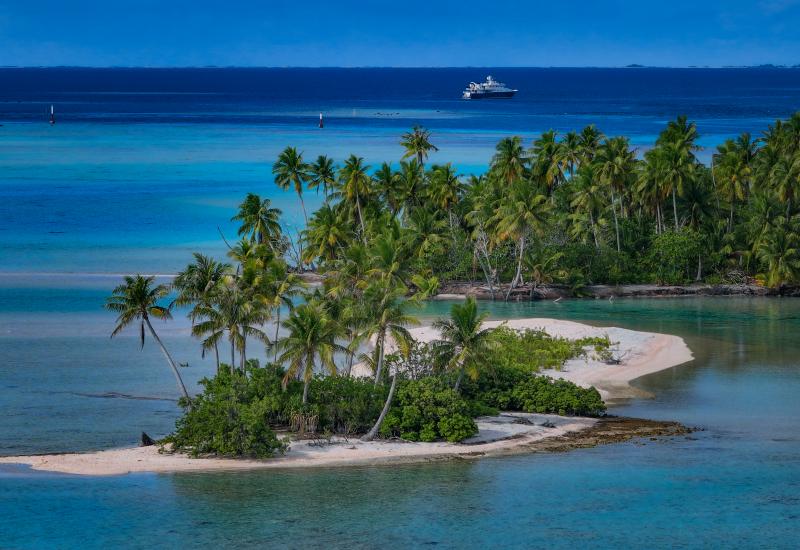Curaçao
Anguilla's turquoise waters boast seven marine parks: Dog Island, Prickley Pear, Seal Island Reef System, Little Bay, Sandy Island, Shoal Bay Harbour Reef System and Stoney Bay Marine Park. Dive sites include wreck dives, shore dives, mini wall dives, night dives and heritage diving. Anguilla is known for its intentionally sunk shipwrecks. The island is home to a truly unique attraction, a 960-ton Spanish galleon, El Buen Consejo, that rests on the ocean floor with its cannons and cargo serving as a silent testament to the Caribbean's turbulent past. Anguilla also boasts a healthy double reef system, where a wide variety of corals flourish.
Weather: About 80 degrees year-round.
Average Water Temp: Mid-80Fs in summer in the north, dropping to mid-70Fs in winter. Dive season is year-round.
Average Visibility: 100-plus feet.
Travel Savvy: A passport and onward or return ticket is required. Anguilla is 20 minutes north from French St. Martin by ferry. There are a number of options available for getting to the island. Visitors can fly directly into Anguilla's Wallblake Airport from Puerto Rico via American Eagle/American Airlines and LIAT, or opt to fly directly to St. Maarten, Antigua, St. Thomas or St. Kitts for easy transfer to Anguilla
Destination Links: www.anguilla-vacation.com and www.ahta.ai.

Divers could easily check off many boxes on their wish lists with a single trip to Curaçao. Calm conditions? Check. Good visibility? Check. Healthy reefs? Check. Macro life? Check. Unlimited shore diving? Well, let's just put it this way: the entire island is a shore diver's dream. Because Curacao — part of the "ABC" islands of the former Netherlands Antilles — is surrounded by a fringing reef created by geological events long ago, dozens of dive sites are within steps of the road. Plenty of major rental car agencies at Hato International Airport and near the cruise ship terminal in Willemstad stand ready for you to pick up your ride and then drive and dive.
Some of the standout shore dive sites include Playa Lagun, Playa Kalki (Alice in Wonderland) and Cas Abao, where only a minimal parking fee is required. There are also a number of house reefs at the island's dive resorts. While you must rent tanks from them, you don't have to be a guest to dive those reefs.
If you prefer the boat diving experience, there are a myriad of sites all within easy reach of resorts. Watamula, with its mushroom-shaped coral heads and Porto Marie, a double-reef system (which can be dived from both the shore and from a boat), are treasure troves of small life such as yellow seahorses and Pederson cleaner shrimp. Classic can't-miss dives include Mushroom Forest and the Superior Producer wreck.
The dive site Seldom was named because it was rarely visited, but it's now become more popular. Boats can't moor there due to the proximity of the drop-off to the nearby cliff, so instead, divers make a drift dive over untouched corals on a vertical wall.
It's definitely a necessity to have a car while on Curaçao — not just for the shore diving, but for covering all parts of the island, to soak in the unique mixture of Caribbean, African and European influences. Towering Mt. Christoffel invites divers to challenge themselves to hike to its summit for incredible views, while culturally cosmopolitan Willemstad offers history at Museum Kura Hulanda and gaming at casinos.
Weather: Summer temps average 85 degrees and drop to the mid-70s in winter.
Average Water Temp: Low to mid-80s in summer; mid- to high 70s in winter.
Average Visibility: Ranges from 50 to 100 feet.
Travel Savvy: A valid passport is required.
PARTNERS Caradonna Dive Adventures










